A New Normal
If you ask any historian or read any history book, you’ll know that great change comes from great discomfort. For example, current sanitary practices were born out of the 1918 Spanish Influenza and Daylight Savings Time (DST) was born out of a need to save fuel and minimize artificial lighting during World War I. There are thousands of examples, but it’s important to realize that something significant occurred which resulted in a long-term change.
Can you think of anything that fits this criterion? If you said COVID-19, then you’re reading my mind.
COVID-19, also known as Coronavirus, has been the toughest battle we’ve ever faced. Its global reach has created unparalleled levels of stress, anxiety, and hardships. At some point Coronavirus will end, and life will go back to “normal.” But what exactly is normal?
Pre and Post
Anytime something happens, specifically a change of sorts, it’s considered a moment in time. Before the change, we have our “pre-life” and after the change, we have our “post-life.” They can look very similar or very different, but they’ll never be the same.
So just to recap, you have your pre-life, then a change occurs, and then you have your post-life.
When you have a minor change (i.e. birthday or new school year), you’re less likely to notice the change, as it’s probably expected. When you have a major change (i.e. car crash or trauma), you’re more likely to notice the change, as it’s probably not expected. Keep in mind, minor changes can be unexpected (i.e. flat tire) and major changes can be expected (i.e. getting married). Either way, the takeaway is that a minor change has a lesser impact than a major change.
Why does this matter? Well I’m glad you asked. Understanding the difference between pre-life and post-life grants us the ability to accept whatever change occurred. Many times, the change is tough to accept, as we grieve our pre-life, which makes moving forward with our post-life even harder. If we can understand the difference, we’re better equipped to process the change.
Change vs. Normal
Once a change has occurred, we’re going to have to adapt to a new normal. Normal, of course, is a relative term. What’s normal for you may not be normal for someone else, so it’s important that you’re able to define what “normal” means to you.
Once you’ve found that definition, hold onto it.
A New Normal
So, what is a new normal? The answer is simple – whatever works for you.
Whatever makes you feel comfortable and safe, whatever allows you to live and create. Normal is the way we adapt and the way we process. You’re going to experience minor and major changes throughout your whole life. When this happens, your “normal” is going to be constantly evolving – and that’s okay!
Simply accepting that a change will happen, that it’s inevitable, puts you one step closer to achieving your new normal.


